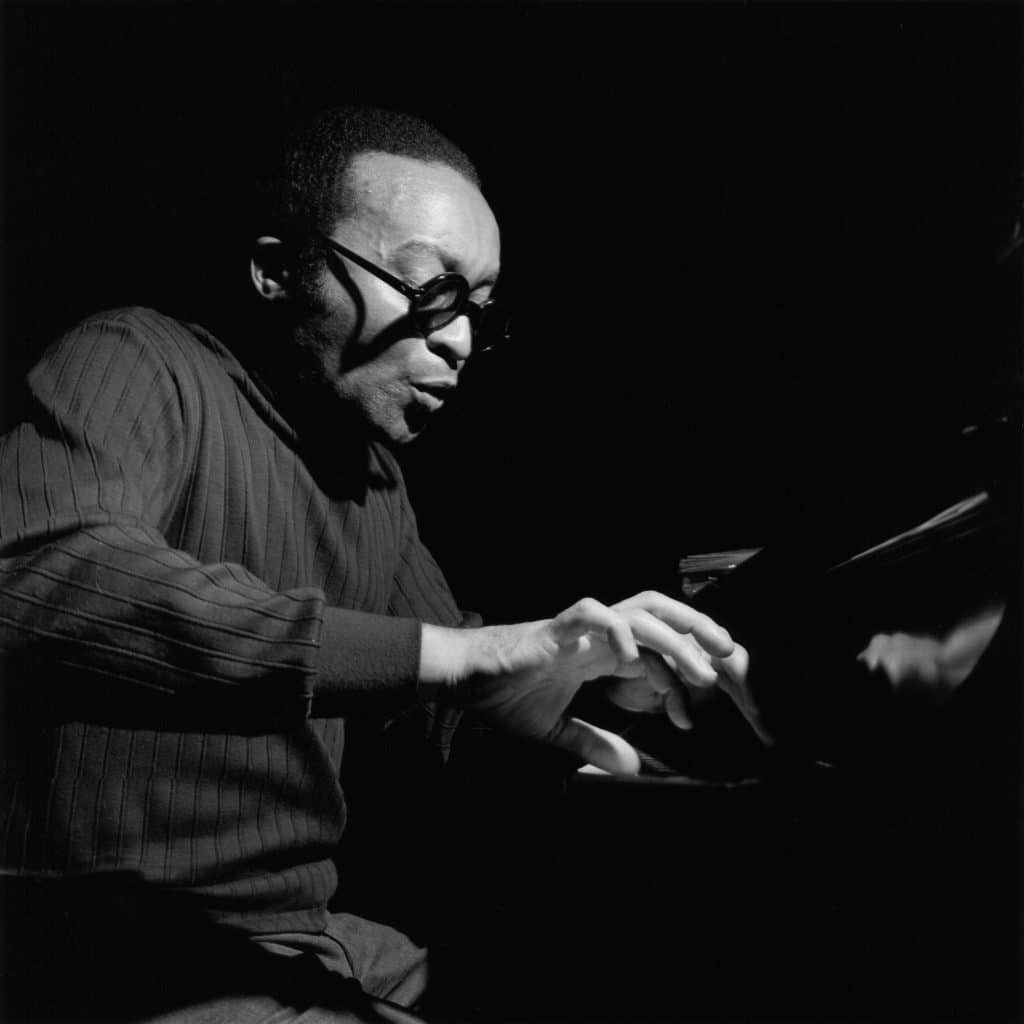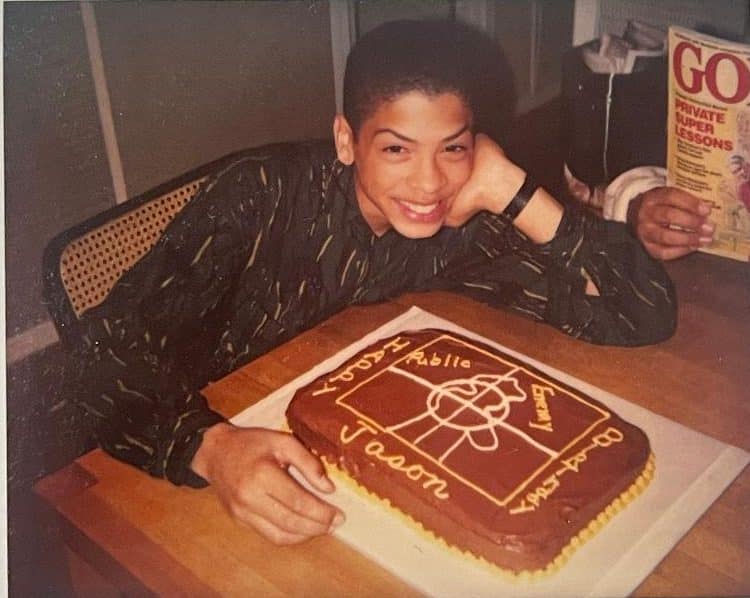Let Freedom Ring
The great body of music from trumpeter and composer Wadada Leo Smith can be seen as one long series of empowering acts.
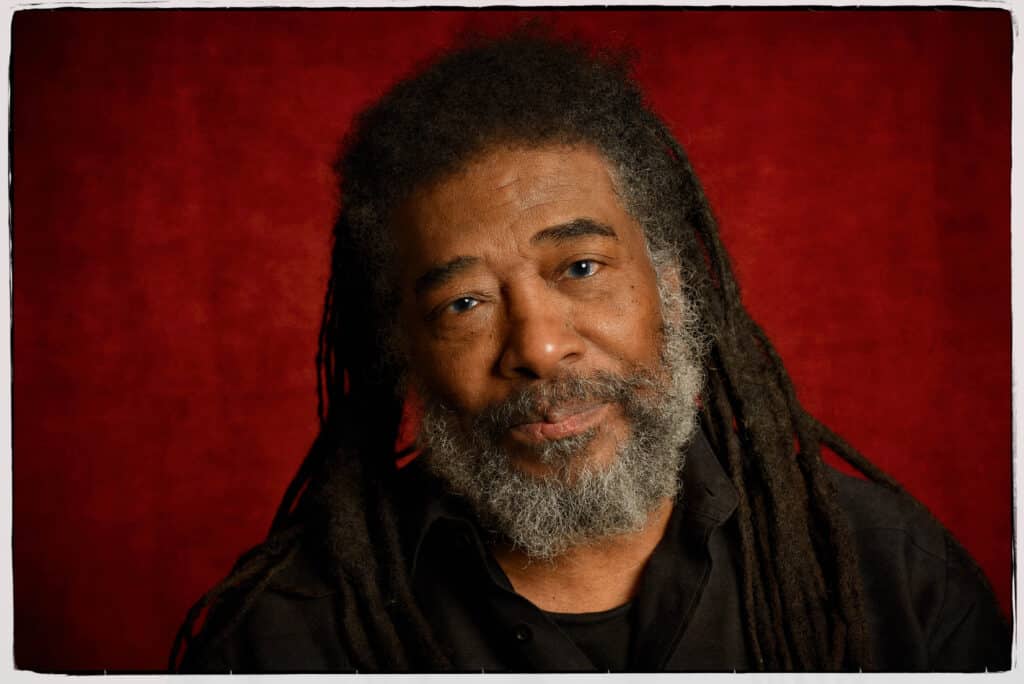
Wadada Leo Smith remembers the moment well. On a Saturday morning in 1967, the trumpeter sat at a coffee table in his Chicago apartment, composing a piece of music called “The Bell.” When he got to the ending, an idea—powerful, yet still inchoate—popped into his head. “That’s when I found what I was looking for,” Smith tells me over the phone from his current home in New Haven, Connecticut. “But I didn’t yet know how to use it. I didn’t know what to call it, or how to tell anybody how to do it.”
He put x’s on staff lines of sheet music. He drew connected vertical stems, similar to those of eighth notes, and placed them within a box formed by dotted lines. Hours later, he headed off to the weekly rehearsal of the Experimental Band at the Association for the Advancement of Creative Musicians, a not-for-profit black musicians’ collective and conservatory founded two years earlier by the pianist Muhal Richard Abrams and three other musicians. The Experimental Band had been conceived by Abrams first and foremost as a laboratory for original music by AACM members, which, on this Saturday, included “The Bell.”
A few months later, during a break at a recording session led by saxophonist Anthony Braxton, the musicians—Braxton, Abrams, Smith, and violinist Leroy Jenkins—listened to a tape recording of “The Bell,” as played during a concert one week earlier. Near the end, right where the dotted box would appear, Smith heard something. The other musicians grew silent. They heard it, too. “Right there, Muhal gave the music another stroke,” Smith said. “And then I gave it another stroke. And I felt that sense of space I’d only imagined. Those two strokes had an equivalence of silence in between them. I realized that sound could be silence, and silence could be sound. I understood how they connected. I heard it as a ‘rhythm unit.’” Later that day, Braxton’s quartet recorded “The Bell,” which was released among, as his album title declared, 3 Compositions of New Jazz.
From these experiences, Smith gained an enlightenment that has lasted him more than a half-century. Here was a concrete realization of his “rhythm units,” a non-metrical approach to music that balances sound with silence in an especially nuanced way, influenced by the phrasing of Billie Holiday and Thelonious Monk, among others, and a 1928 recording of “Weather Bird” by Louis Armstrong and Earl Hines (“the greatest duet ever,” according to Smith, not least for its innovative “phraseology”). And here were the first seeds of “Ankhrasmation,” the distinctive symbolic language system for creating music that Smith continues to develop and that, since the 1970s, has involved his own vivid, multi-colored original works of art as scores. Smith’s revelations and the system it led to are deeply personal yet also necessarily communal. “You have to remember,” he said of Braxton’s session, “it was collectively, spontaneously achieved by a quartet.” If “The Bell” helped define what was then a “new jazz,” built upon an earlier tradition, Smith nevertheless always identified his works as “creative music,” drawing upon both the AACM’s founding credo and his own ambitions. By now—with more than 60 albums to his credit as a leader, many of them boxed sets totaling hundreds of hours of music, and at least three dozen releases as a collaborator—his expressions of that ideal have exerted a powerful, singular and lasting influence. It’s hard to consider modern music these days without the idea of “creative music,” harder still to define “creative music” without talking about Smith’s work.
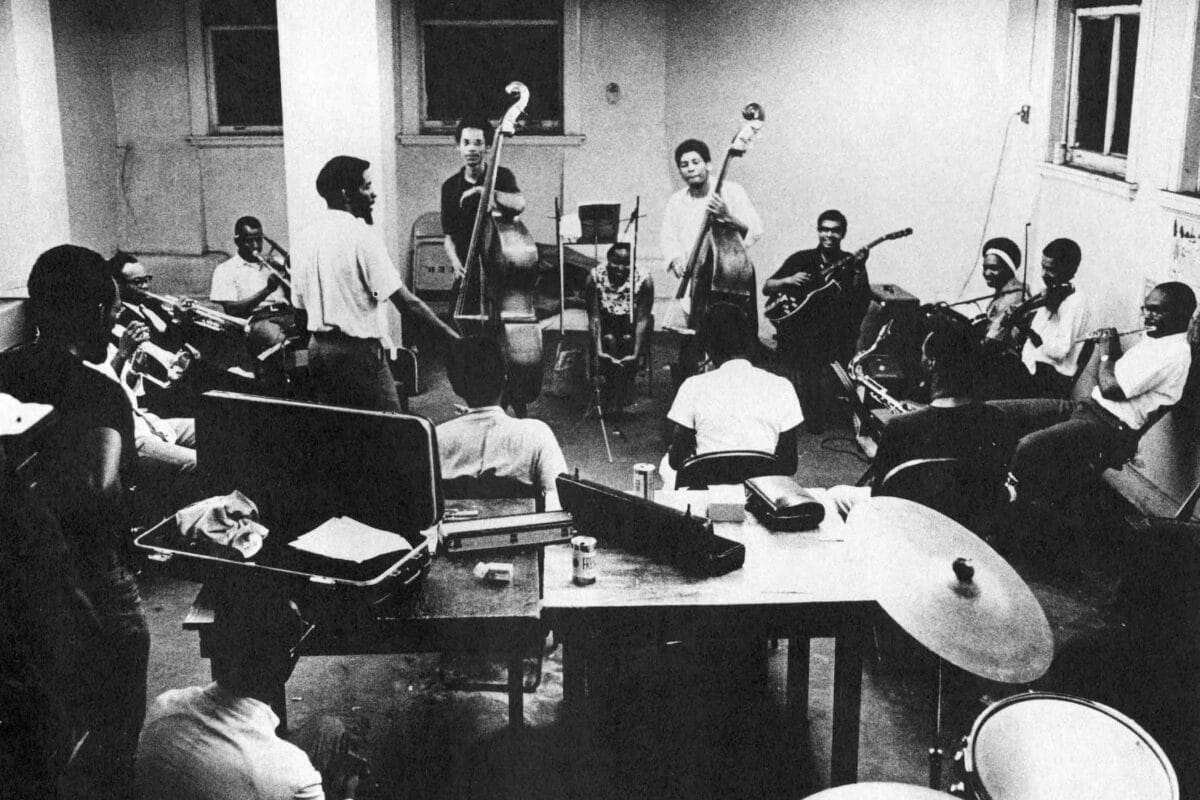
Smith speaks of “rhythm units” as something discovered rather than created—“just like how a physicist or astronomer makes a discovery.” His Ankhrasmation is “both artistic and scientific.” He began his search by studying scores of symphonies and transcriptions of jazz in order to learn about what was possible and to make sure that the music he was fantasizing about wasn’t already out there. (It wasn’t.) Smiths’ first album, Creative Music—1, released in 1972 on his own Kabell label, was a solo recording, with Smith on trumpet, wood flutes, xylophone, and a self-designed system of steel poles supporting various gongs and metal objects used for percussion. Despite such trappings, the album was notable mostly for its composure and restraint, for the elegance with which he balanced sound with silence.
In 1973, Smith published notes (8 pieces) source a new world music: creative music, a slim and finely focused treatise devoted to, among other things, “developing a heightened awareness of improvisation as an art form.” In it, Smith celebrates and delineates Black musical traditions and calls for creative musicians to move beyond the music industry (“this factory of death”) in order to “have the absolute ability to instantaneously organize sound, silence and rhythm with the whole of his or her creative intelligence.” Smith spent years writing his treatise in longhand and sometimes speaking his ideas into a tape recorder, motivated by “a level of critique out there that was unaware of what was actually happening in our music, that reflected a vast range of misinformation and a lack of care,” he said. “I started writing almost like a confession to myself: This is what we are really doing. This is what I am doing.”
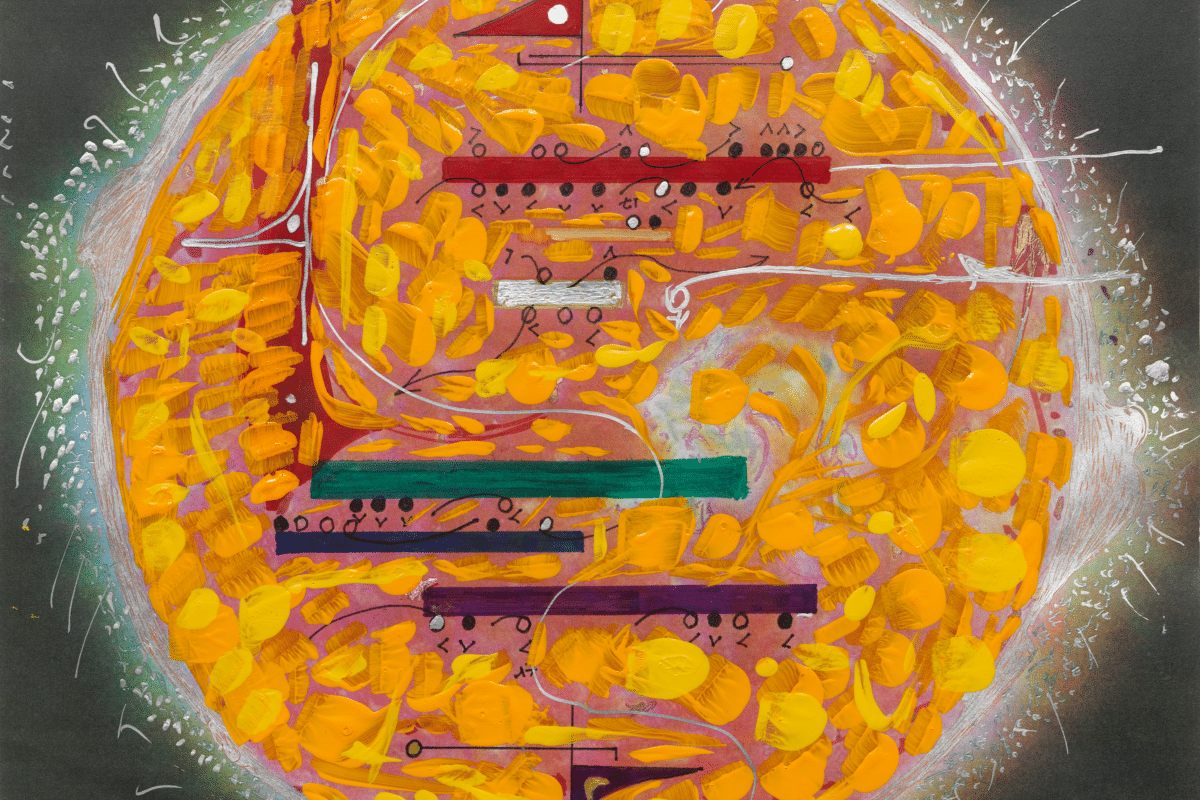
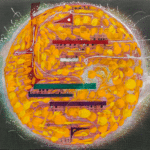
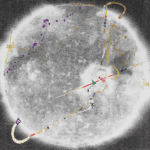
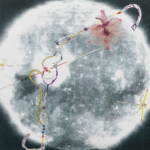

Smith still plays trumpet much the way he did when he arrived in Chicago. His tone—direct, with only the slightest vibrato—can be boldly declarative or soft to the point of breaking. His most emphatic moments are often his quietest, which is not to say he lacks fire. Sometimes he sounds fierce, even defiant, as if protecting something, or searching, yet not lost for direction, and always projecting mesmerizing focus. Onstage, he’ll sometimes point his trumpet down and bend his knees, as if squeezing sound out. Otherwise, his presence carries a disarming stillness.
Yet when one considers his musical output, Smith seems in constant motion. He turned 80 in December, a milestone he marked with six recordings for TUM Records. These were released in three installments, most as boxed sets, totaling 22 CDs in all. One release, Trumpet, features three CDs of solo performance. The rest highlight the range and depth of his musical associations, which include celebrated AACM alumni, such as Henry Threadgill, who he met in the 1960s, and the classically trained string players in the RedKoral Quartet, which he assembled a decade ago.
The four-disc Emerald Duets finds Smith in one of his favorite contexts, the duo, with drummers he’s worked with for many years: Pheeroan akLaff, Han Bennink, Andrew Cyrille, and Jack DeJohnette. Here, each drummer takes a different approach, yet there is a consistency throughout. Cyrille, who first played with Smith in the 1970s, explained that Smith’s strong presence owes to both his overall approach and his attention to the finest of details. “We’d talk for quite some time about a single strike of a cymbal,” Cyrille said, “because Wadada draws a lot of melody and harmony from its overtones and decay in just a single moment. That becomes part of the composition.”
For The Chicago Symphonies, whose four discs unfold like chapters of a gripping novel, Smith reassembled the Great Lakes Quartet he first convened in 2014. Along with DeJohnette and Threadgill (on alto saxophone, flute, and bass flute), the group includes another longtime collaborator, bassist John Lindberg (saxophonist Jonathon Haffner plays instead of Threadgill on the fourth disc.) In calling these pieces “symphonies,” Smith, who has worked with classical orchestras, refers to an idea embodied by cornetist Don Cherry’s 1966 album, Symphony for Improvisers, and to, as he wrote in his treatise, notes, “this great classical art music of Afro-America.” Over the course of more than 2 1/2 hours, the music achieves a satisfying arc and contains wondrous moments: the dance of long tones from Smith’s trumpet and Threadgill’s alto saxophone in and out of consonance and dissonance during the first symphony’s opening movement; the fiery duet from Smith and DeJohnette later in that piece; a stately one, pairing Threadgill and Lindberg, in the third symphony; and the moment, during the fourth symphony, when the woody sound of Lindberg’s plucked bass gives way to Smith, breathing tender undulations of air through translucent trumpet tones that dissolve into silence.
On Love Sonnet, a single disc whose five tracks range from spacious acoustic pieces to moody, sometimes urgent music infused by electronics, Smith and DeJohnette are joined in a trio by pianist Vijay Iyer. The pianist began working with Smith in 2005, as a member of the trumpeter’s Golden Quartet. Their riveting 2016 duo recording, A Cosmic Rhythm With Each Stroke, was commissioned by the Metropolitan Museum of Art and inspired by Indian modernist artist Nasreen Mohamedi. At its premiere, audience members first walked through an exhibition of Mohamedi’s work—paintings, photographs and drawings of breathtaking diligence whose patterns suggest precise architecture or the randomness of sand drifts, or both. In both Mohamedi’s and Smith’s work, Iyer told me, “there are rhythmic patterns but also an invisible spirit that flows across it. There’s something mystical in their expressions of emptiness, as though that emptiness is full.”
Wadada Leo Smith: String Quartets No. 1-12, is a 7-CD boxed set showcasing the RedKoral Quartet (violinists Shalini Vijayan and Mona Thian, violist Andrew McIntosh, and cellist Ashley Walters). “They are the masters of my language,” he said, “who trained on the job. In other words, they played while learning and they learned while playing.” That education extends way beyond repertoire. “One thing I’ve learned from Wadada is that every single note has care,” said Walters, whose work with Smith includes “Sweet Bay Magnolia with Berry Clusters,” a solo cello piece he composed for her. “The intent he brings to each moment of a performance is quite miraculous. And I’ve noticed the shift that it caused in my own playing. It’s remarkable, the way he has shaped how I now think about even standard repertoire. I’m no longer playing from memory. As a classical cellist, I used to do that a lot. I’m not superimposing the music onto me. It’s me, playing the music.”
Smith’s music is a study in seeming contradictions: composition and improvisation; sound and silence; a singular musical voice that most often relies upon the creativity and daring of other players. “I’m basically a community person,” Smith said. “I thrive within the idea of unity within communities. But in the midst of that, my desire for reflection, my skills at that, makes me a loner.” Smith’s presence is equally distinctive in solo performance, as on his masterly 2017 release, Solo: Reflections and Meditations on Monk, or, as in 1995, when he combined 52 instrumentalists in a dozen ensembles for the premiere of his “Odwira” at the California Institute of the Arts, where he taught for 20 years.
“In every place I’ve ever gone, the word got out pretty fast that ‘this guy’s a composer,’” Smith told me. His urge to compose began during his early teens, in Leland, Mississippi, not long after he’d started playing trumpet. He started writing pieces for his friends to play, using whatever musical knowledge he had. “Right away,” he said, “I developed my consistent trust that whatever I put down on paper was of value.” By 13, still new to his horn, he was playing in blues bands led by his stepfather, Alex Wallace, a guitarist known as “Little Bill.” They’d head to Little Rock or Baton Rouge, come back around sunrise, and then Smith would get ready for school. On these gigs, Smith learned to identify which pitches and tones trigger which emotions, he said. He wrote arrangements for his high school marching band and, after he enlisted, for military bands. After he left the army for Chicago, in 1967, through the AACM, Smith found a fellowship of well-trained musicians, each bent on creating a distinct method. “Our AACM music practice is the one most closely related to democratic principles,” he said. “In our ensembles, even though the composer created the parameters of engagement, there’d always be a dialogue about how to do it.”
Smith’s system, Ankhrasmation—a composite name drawn from Ankh, the Egyptian symbol for life; ras, the Ethiopian word for leader; and ma, for mother—is “a musical language as opposed to a musical notation system,” he said. It leads to music that is highly structured but also open to, and demanding of, creative interpretation. Some of his scores—the ones he refers to as “pitch/line/tone”—can, on first glance, appear like standard notation. Upon closer inspection, there are no bar lines, there is no fixed meter, and the page is dotted with unusual markings—instructions for “rhythm units” (the relationship between sounds and silences) and for “velocity units” (eight possible ones, guiding both the speed of musical passages and their density), all of which are meant as proportional and subject to change. Fixed tones are often provided, but sometimes not. Like Ornette Coleman, who referred to his musical system first as “harmolodics” and then simply as “sound grammar,” Smith anchors his music with memorable, often gripping, melodies. Smith’s Ankhrasmation “symbolic language scores” look like paintings, indebted perhaps to Picasso and Kandinsky (in fact, these scores have been exhibited at major American art museums). These employ a range of visual symbols—“blade forms,” “stem forms,” “loop forms,” “tower structures”—that convey form, shape and content. Color is one main source of direction. “If a musician can’t reference color,” Smith said, “then they can’t play the piece.”
Smith provides musicians with a 10-page guide to his Ankhrasmation symbolic language. “I deliberately make it short,” he said, “because I don’t want people trying to figure out too much about it. I want them to integrate that information into their perception, so there’s always a bit of them in it as well.” His scores require unusual levels of personalized understanding (how short is “short”?) and investigation (what does this yellow signify for you?). “These aren’t pages you can just put on your music stand and play,” Walters said of the Ankhrasmation pieces. “Beyond your ability to play your instrument and his composition, he’s asking you to go deeper, to put in research, to define what that research should be, and then to present your findings through what you play.” After one workshop for musicians led by Smith several years ago, trombonist Jeff Albert told me, “Wadada’s ideas pushed us to deal with musical elements beyond pitches and rhythms and deal with ideas like densities and velocities and energy levels—things we sometimes talk about but that don’t always translate into performance.” The vocalist and composer Ganavya wrote her graduate-school master’s thesis about Ankhrasmation and its implications for musicians. “There is an agency that Wadada taught me to see in everyone, including myself,” she said. “But most importantly, there is a deep respect for responsibility that comes with this acknowledgment of power.”
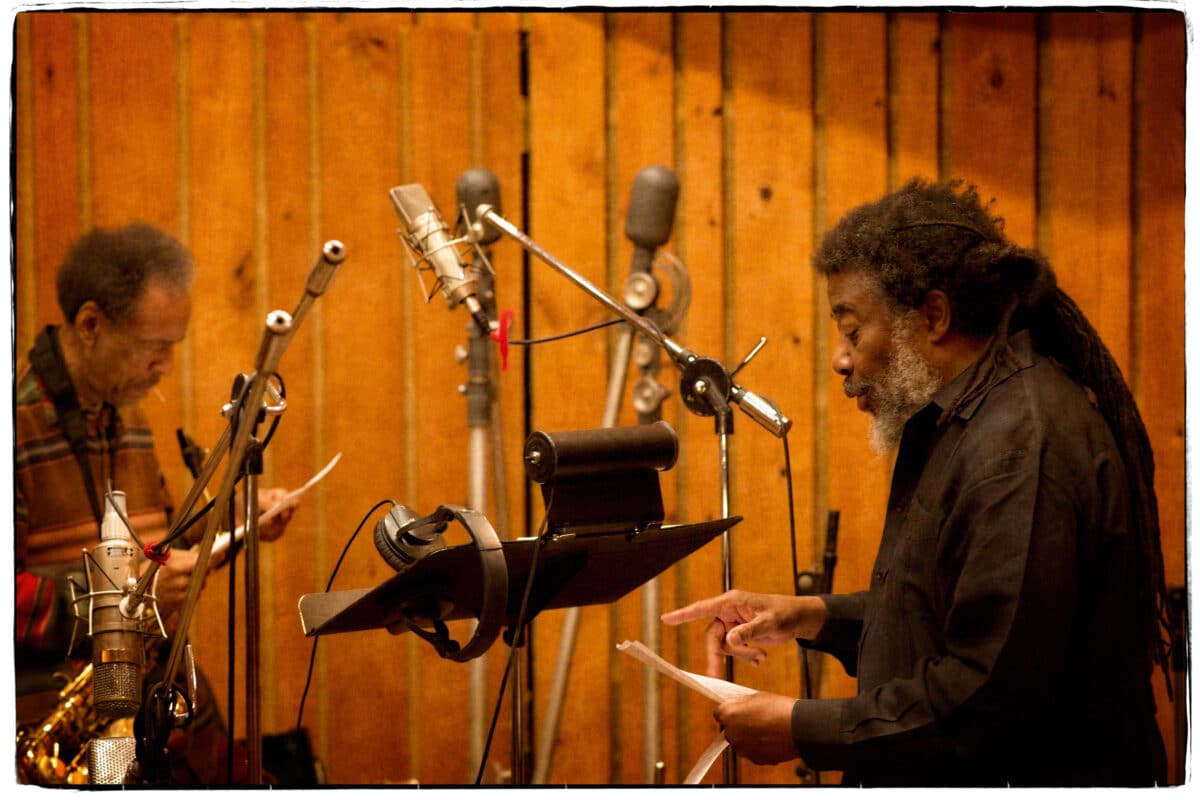
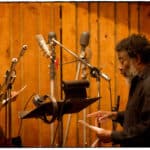
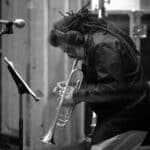
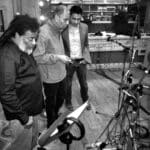

Empowerment—in life, as on the bandstand—is an essential theme for Smith. “This music will eventually eliminate the political dominance of Euro-America in this world,” he wrote in his 1973 notes. “When this is achieved, I feel that only then will we make meaningful political reforms in the world: culture being the way of our lives; politics, the way our lives are handled.” His clearest musical statement about social justice is also his greatest work: Ten Freedom Summers (Defining Moments in the History of the United States of America) is a 21-movement work that spanned three nights in its 2011 premiere at the Redcat Theater in Los Angeles, and four CDs in its 2012 release (it was nominated for a Pulitzer Prize). Smith named it for a 10-year stretch, from the landmark Brown v. Board of Education Supreme Court decision declaring school segregation unconstitutional to the “freedom summer” voter-registration drive and Civil Rights Act of 1964. It also traces his life as a composer through 34 years, beginning with his 1977 piece, “Medgar Evers,” for the civil rights activist killed by a white supremacist.
At a certain point, “improvisation,” a term Smith meant to elevate with his 1973 treatise, fell out of his vocabulary, replaced simply with “creation.” He began to feel that the idea of improvisation as he knew it had been devalued, used to describe “everything and anything,” by some musicians and educators. (In his Ankhrasmation scores, the “create symbol” holds special meaning.) For Smith, “a creative musician is a musician such that if we were to remove them from the music, the music would be different.” The message seems clear: Your music matters. He sees “creative music” as a direct parallel for “the experimental idea of democracy in America.”
In 2016, Smith and I lived for two weeks in a house on Esplanade Street in New Orleans, through a residency with the nonprofit New Quorum program. As Smith worked with visiting musicians in workshops that led to informal house concerts, he described his music’s mutable flow through possible “routings,” and discussed “events and decisions” that “cause the matrix to shift.” He talked about how some critics and musicians, decades ago, related his ideas to the Minimalist movement. “But Minimalism had no sliding,” he said, elongating that word to a delicious extreme. “It may feel like these are eighth notes,” he told musicians at one point. “But they’re not. They exist in space, but not in fixed meter.” He talked about responsibility—not to him or the page of music, but to fellow musicians. “You care about what every member in your ensemble cares about and feels.”
One night, while performing a section of his piece “Democracy,” from “Ten Freedom Summers,” Smith motioned to a drummer for a sound he wanted from a ride cymbal. He kept motioning. He wasn’t getting it. Finally, in a stage whisper, he instructed: “Let it ring!” He meant a particular tone produced by the proper strike of a drumstick at just the right angle, the sort of detail Andrew Cyrille had talked about. And I think he meant something broader, deeper, more lasting—that feeling of freedom.

